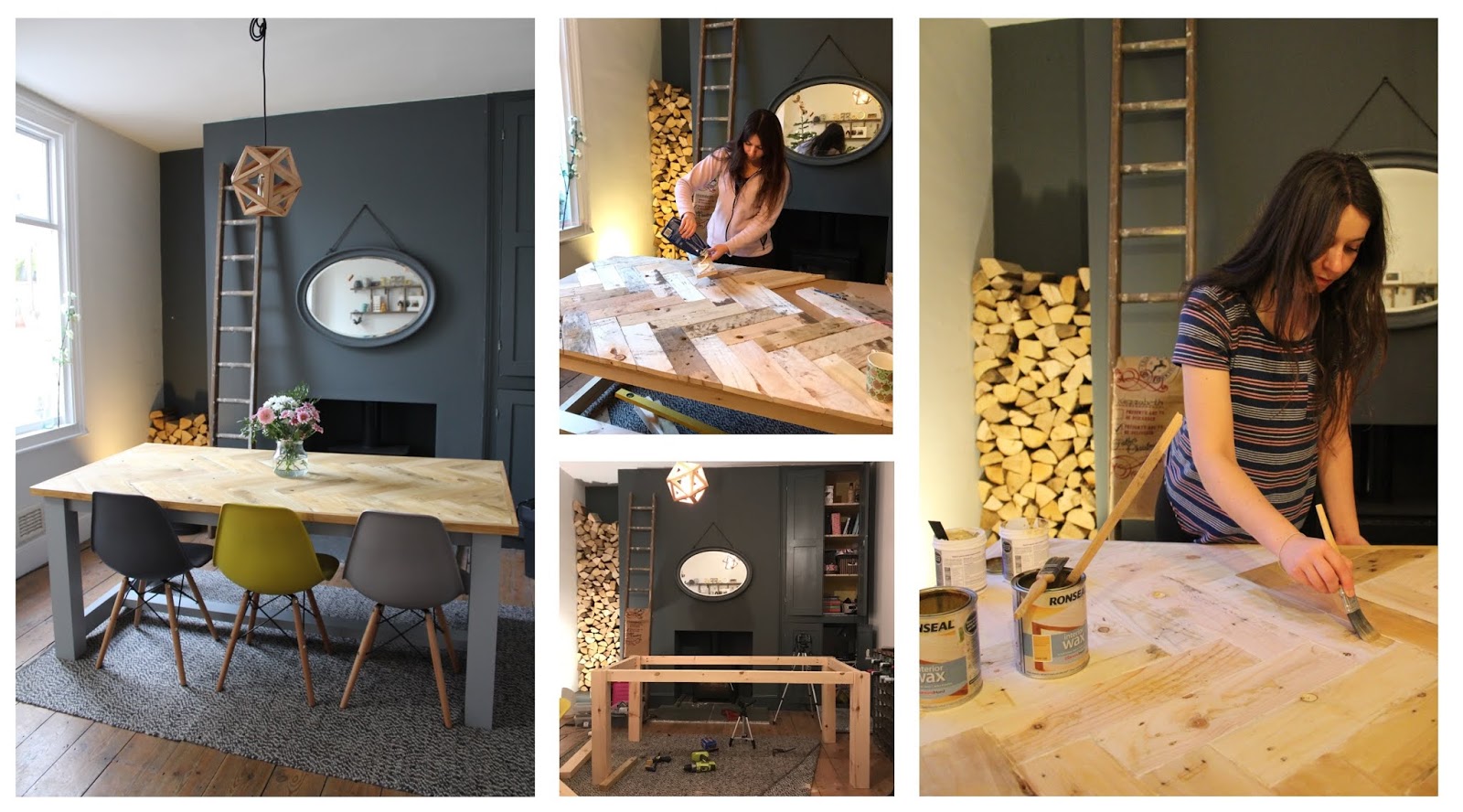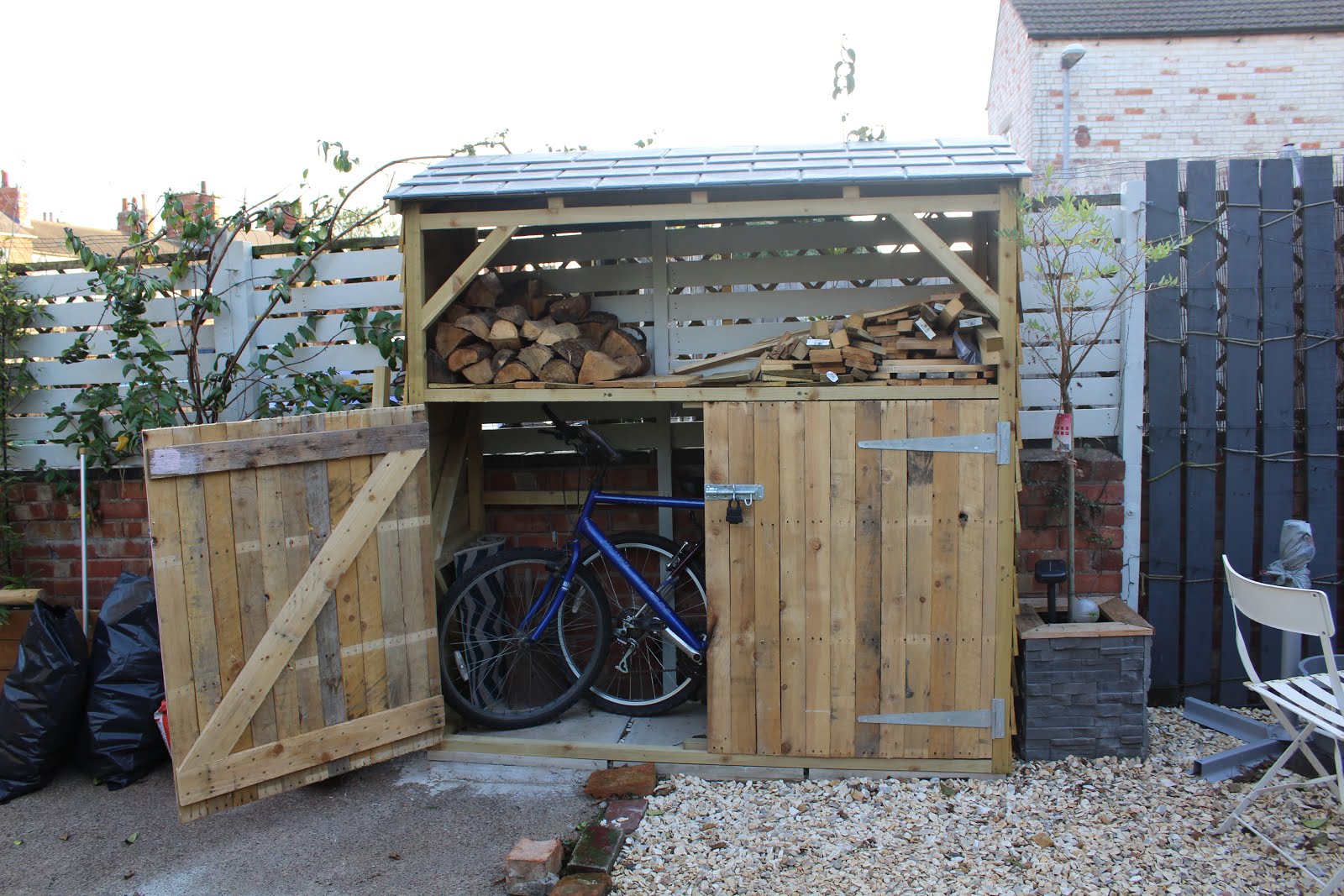I cut out along the crack using a regular safety knife. This allowed me to remove any loose debris and plaster that was being held along the crack, so that when I fill it, I can really push the filler into the gap and hopefully secure the plaster either side of the crack together. If I had just filled over the crack then I really wouldn’t have been fixing the problem and it would definitely have been more prone to re-cracking.
I think the next thing on the to-do list in this room is opening up the chimney. Not more dust!
Do you have lath and plaster ceilings? How have you repaired/fixed/removed yours?










3 Comments
Hi! We’ve just removed the ceiling tiles in our bedroom and have a cracked plaster ceiling so I’m hoping we can do as good a job of the repairs as you have here! Could you please elaborate a bit on what you mean by ‘I cut out along the cracks’? Did you make the cracks bigger by cutting some more plaster out? I’m a bit nervous that I might just bring a whole load of plaster crashing to the floor! Thanks
Our cracks all had loose debris in them, so I guess when I said cut along the crack, I meant to just remove anything loose that’s in-between. And I found using a knife was the best way to do that.
Having a definitive crack helps to fill it better. But if your cracks are particularly bad, you could also apply scrim tape over the top of the crack and then the filler on top of that, which will help strengthen it. This post kinda explains that method (although I used it with gaps between sheets of plasterboard, but it’s the same deal): https://www.kezzabeth.co.uk/2017/05/a-cheaters-way-to-plastering-ceiling.html
Good luck! I hope it works out well for you. It definitely a bit of a back-and-forth job but worth it in the end!
Congratulations on a job well done. I hope I can make as good a job with our ceiling!